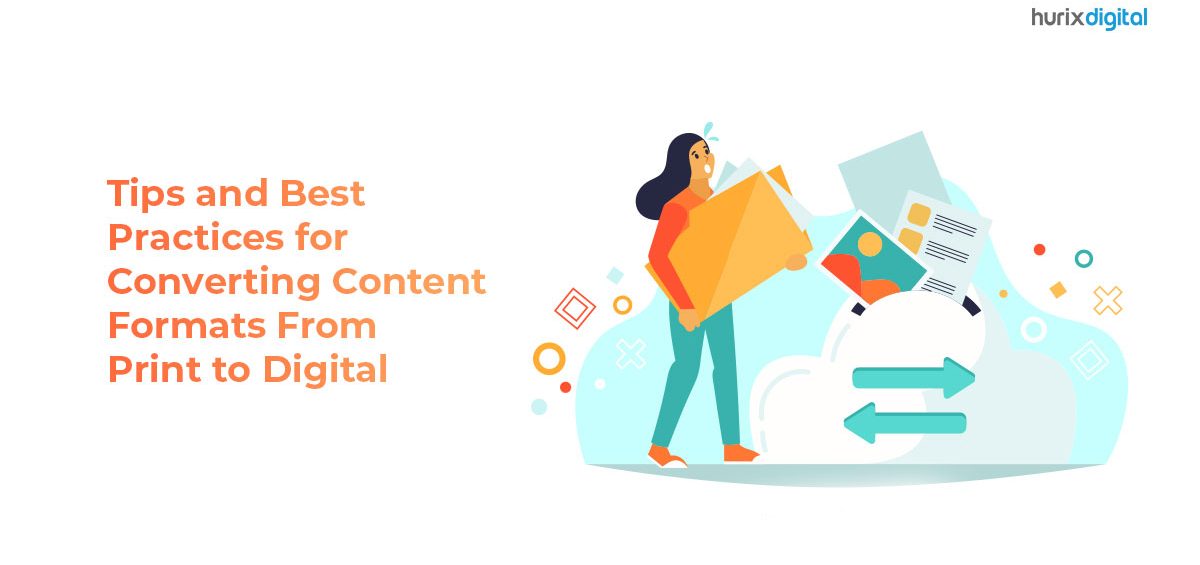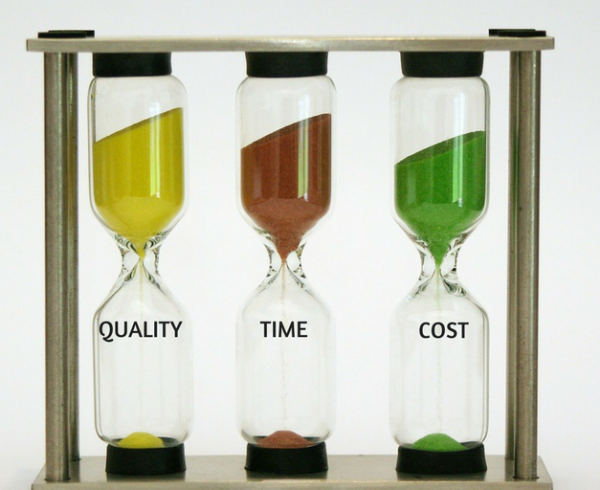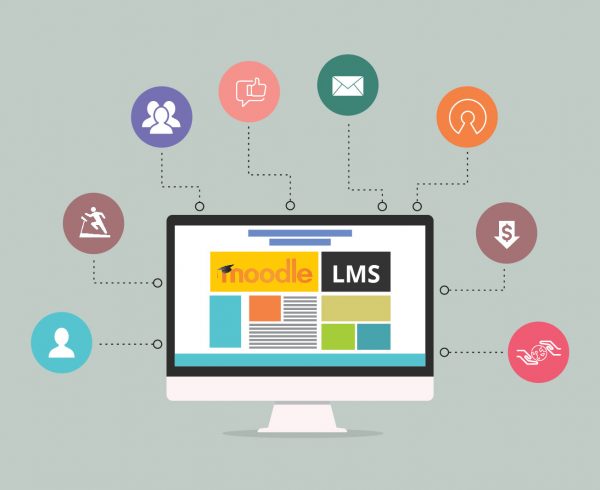Summary
The blog post provides valuable tips and best practices for effectively converting content from print to digital formats. The post highlights how following these guidelines ensures a seamless transition and optimal user experience when transforming print materials into digital formats.
Digital technologies have changed the way people consume information today. Owing to it, many organizations are converting their content format from print to digital. But not everyone is finding the journey easy.
This is because digital content transformation is not as simple as uploading a PDF file online. Businesses must carefully plan their content conversion strategy to make the content engaging and accessible across devices and platforms.
This article will explore some best practices for converting content formats from print to digital. Following these tips, you can successfully transform your print assets into high-quality digital content that resonates with your audience.
Table of Contents:
- Top 6 Benefits of Converting Content from Print To Digital
- Tips to Convert Content Formats from Print to Digital
- Final Words
Top 6 Benefits of Converting Content from Print To Digital
Before we talk about the ‘how,’ let’s understand the ‘why’ of digital content conversion:
1. Digital Content is More Accessible
People with different abilities can access digital content more easily than printed materials. With videos, sounds, al texts, transcripts, and screen readers, a much wider audience can consume your content.
Also Read: Accessibility Checker: Is Your Website Accessible?
2. Digital Content is Portable
You can easily transport and access digital content from any part of the world. This feature of digital content makes it convenient for users to access it from different locations, even on the go.
3. Digital Content is Searchable
With digital content, the information is right there for users whenever they need it. They can access the content anytime with a simple search. Since online experiences begin with a search for most, businesses must make their content easily searchable.
4. Creating Digital Content is Cost-Effective
It’s a lot cheaper to create digital content than print content. No money is spent on printing, shipping, or storing physical copies of the content. Digital media also allows for easier updates and revisions without having to reprint time and again.
5. Digital Content is More Interactive
You can also include multimedia like video, audio, animations, and other interactive elements to digital content, providing a more wholesome and engaging reading experience.
6. Digital Content is Easier to Track
With digital content, you can track metrics like how many people viewed your content, how long they engaged with it, what action they took after reading, etc. They help you identify what works for you and what needs improvement.
Tips to Convert Content Formats from Print to Digital
Now that you know the benefits of digital content, you’re probably ready to turn your print collateral into digital content. But before you jump the gun, consider these tips to make the content transformation process smooth and fruitful:
1. Know Your Audience
Your digital audience can be very different from your print audience. So before you start the content transformation, it’s important to understand your audience. What is the demographic of your target audience? What are they looking for from your content?
This knowledge will help you determine what information to provide your audience and the most effective format to present that information.
2. Choose the Right Digital Format
A downloadable PDF is believed to be the most convenient method for digitizing custom publications, annual reports, and promotional materials. But while PDF content transformation is faster and easier, you may miss out on key digital elements such as mobile-friendliness, interactivity, and SEO.
The World Bank learned it the hard way a decade ago when it found that almost one-third of its PDF report was not downloaded once in five years. This was not because the content was unimportant but because PDFs do not provide a good web reading experience.
Hence, choosing the right content conversion format is crucial for all businesses. Depending on your audience, you can convert print content to ebooks, web pages, and mobile apps.
You can even consider infographics for annual reports or data sheets. Their strong visuals and readability make them more engaging than traditional text-turned-PDF. No wonder 67% of B2B marketers used infographics in their digital content in 2020.
3. Design for Digital
Content transformation is not just about copying the content from print media and pasting it to digital media. Digital content requires a different approach than print media. You must consider the appropriate layout and ensure they are easy to navigate on digital devices.
Today, many people prefer to consume content on mobile devices. Therefore, selecting a publishing tool compatible with mobile devices, such as smartphones and tablets, and desktops, is important.
Further, ensure that the display and layout of your content are optimized for different screen sizes and resolutions so users can get a superb experience no matter which digital device they use.
4. Use Multimedia Elements
If you want the content to work for you, you should also endeavor to make it more engaging and interactive. Use multimedia elements, such as images, animations, and videos, to add a fresh breath of air to your old print assets.
Also Read: Challenges of Digital Content Transformation and How to Overcome Them
5. Optimize for Search Engine
According to recent research, nearly 53% of a website’s traffic comes from organic search. Hence, to improve your website traffic with digital content, you need to optimize it for search engines.
You can do this by following the SEO best practices, like using relevant keywords and adding metadata. It will make your content appear higher in search engines, so your users can easily discover it.
6. Consider Accessibility
When converting content from print to digital, keep accessibility in mind. Your digital users can be people with different abilities. You must use elements such as alt texts for images, transcripts for videos, navigation aids, etc., to make your content easier to consume for everyone.
Check out the detailed list of do’s and don’ts for creating accessible content.
7. Update Regularly
Unlike print content, you can edit and update digital content as often as you like. Make the most of this advantage to keep your content fresh and relevant. Monitor user engagement and analytics to optimize and improve your content over time.
Final Words
Converting content from print to digital can bring numerous benefits of better accessibility, portability, searchability, interactivity, and cost-effectiveness.
However, it is essential to consider various aspects of digital content to make your content transformation successful and effective. Follow the best practices above to create engaging digital content that gives your users a superior reading experience.
At Hurix Digital, we specialize in digital content solutions that help businesses leverage the power of digital to deliver exceptional user experiences. Contact us if you need help converting your content from print to digital or enhancing your digital content strategy.











